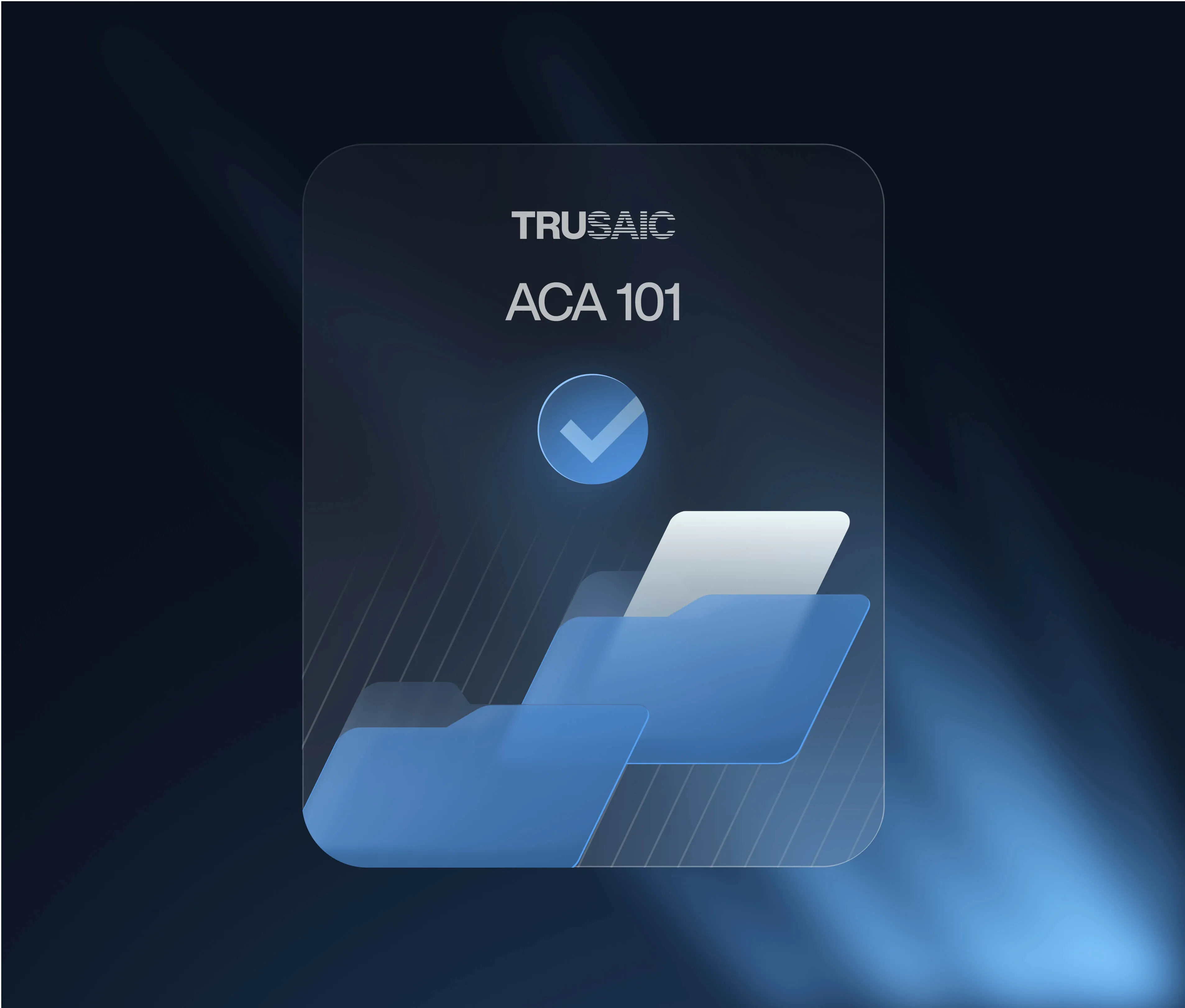The IRS has increased its scrutiny of Affordable Care Act (ACA) compliance, issuing penalty notices to employers that fail to meet reporting requirements. With penalties for non-compliance reaching thousands — or even millions — of dollars, organizations must be prepared for an ACA audit before they receive a notice.
Being proactive can mean the difference between a smooth audit process and costly fines. This guide outlines the key steps to prepare for an ACA audit, ensuring that your records are accurate, your filings are complete, and your organization remains compliant.
Understanding the ACA Audit Process
An ACA audit typically begins with an IRS penalty notice, such as:
- Letter 226J – Notifies employers of a potential Employer Shared Responsibility Payment (ESRP) for failing to offer affordable coverage to full-time employees.
- Letter 5699 – Requests missing Forms 1094-C and 1095-C from employers suspected of non-filing.
- Letter 227 – A follow-up to Letter 226J outlining the next steps in the penalty assessment or appeal process.
If you receive one of these notices, you’ll need to respond promptly with documentation to support your ACA compliance efforts. However, the best approach is preventative — ensuring your records are accurate before an audit occurs.
Step 1: Maintain Accurate and Organized ACA Records
The IRS requires employers to track and report specific ACA-related data. Ensuring that your records are complete, accurate, and easily accessible is crucial for a smooth audit process. Key documents to maintain include:
- Payroll records – Show proof of employee classifications and hours worked.
- Benefits enrollment data – Confirms coverage offers and employee elections.
- Form 1094-C and Form 1095-C filings – Provides official proof of ACA compliance.
- Affordability calculations – Demonstrates that your health coverage meets IRS affordability standards.
- Correspondence with employees – Documents offers of coverage and any waivers.
Using a centralized compliance system — like Trusaic’s ACA Compliance Solution — ensures that all records are securely stored and readily available in case of an audit.
Step 2: Conduct Regular Compliance Audits
Many ACA penalties stem from common reporting errors that could be avoided with regular internal audits. Consider reviewing your filings for:
- Incorrect employee classifications – Misclassifying full-time employees as part-time can result in penalties for failing to offer required coverage.
- Missing or incorrect ACA codes – Ensure that Line 14 and Line 16 on Form 1095-C accurately reflect coverage offers.
- Data formatting errors – Special characters in names, incorrect ZIP codes, and exceeded character limits can lead to IRS filing rejections.
- Affordability compliance – Verify that your lowest-cost plan meets the IRS affordability threshold for the applicable tax year.
Leveraging automated compliance tools — such as Trusaic’s Penalty Risk Assessment tool — can help identify and resolve these errors before they trigger an IRS notice.
Step 3: Understand the ACA’s Employer Mandate and Safe Harbors
Employers subject to the ACA’s Employer Mandate must meet two key requirements:
- Offer Minimum Essential Coverage (MEC) to at least 95% of full-time employees.
- Ensure that coverage is affordable, as defined by IRS affordability safe harbors.
Understanding the IRS safe harbors — such as the Federal Poverty Line, Rate of Pay, and W-2 safe harbors — can help employers properly document affordability compliance in case of an audit.
Step 4: Ensure Data Accuracy Through Seamless Integration
One of the biggest ACA compliance challenges is data accuracy. Many employers rely on manual data imports, which increase the risk of:
- Employee classification errors.
- Mismatched payroll and benefits data.
- Incorrect affordability calculations.
Using bi-directional integrations — such as Trusaic’s integrations with Workday and UKG Ready — ensures that payroll, HR, and benefits data sync automatically, reducing errors and improving reporting accuracy.
Step 5: Develop a Response Plan for IRS Notices
Even with proactive compliance, the IRS may still issue ACA-related notices. Having a clear action plan in place can help your organization respond efficiently and avoid unnecessary penalties. Your response plan should include:
- Designating a compliance team – Identify key stakeholders responsible for handling ACA compliance and responding to IRS inquiries.
- Reviewing IRS notices immediately – IRS letters often have tight response deadlines. Delayed responses can result in automatic penalties.
- Gathering supporting documentation – Be prepared to provide proof of compliance, including payroll records, benefits enrollment data, and affordability calculations.
- Leveraging expert guidance – Working with ACA compliance specialists, like Trusaic’s team of experts, can help ensure a legally defensible response to IRS inquiries.
Step 6: Stay Informed on Changing ACA Regulations
The ACA landscape continues to evolve, with new IRS guidelines, updated affordability thresholds, and potential legislative changes impacting compliance requirements. Employers should:
- Monitor IRS updates on ACA reporting rules.
- Adjust affordability calculations annually based on IRS guidelines.
- Stay informed about potential state-level ACA reporting requirements.
Trusaic provides ongoing compliance monitoring and expert insights to help businesses stay ahead of regulatory changes and maintain compliance.
Final Thoughts
Preparing for an ACA audit requires more than just filing on time — it demands accurate records, proactive risk management, and expert guidance. Employers that fail to take ACA compliance seriously risk costly penalties and IRS scrutiny.
By leveraging tools like Trusaic’s ACA Compliance Solution and Penalty Risk Assessment, businesses can confidently manage compliance, reduce audit risks, and ensure filings are error-free and audit-ready.
Don’t wait for an IRS penalty notice — take control of your ACA compliance today.








